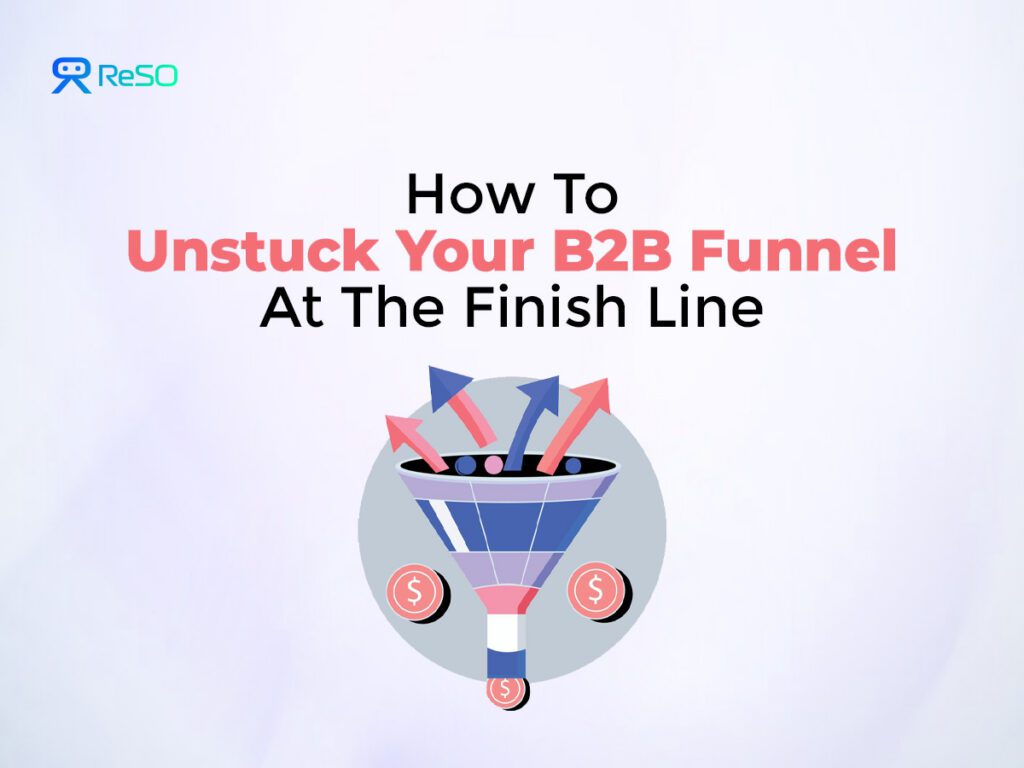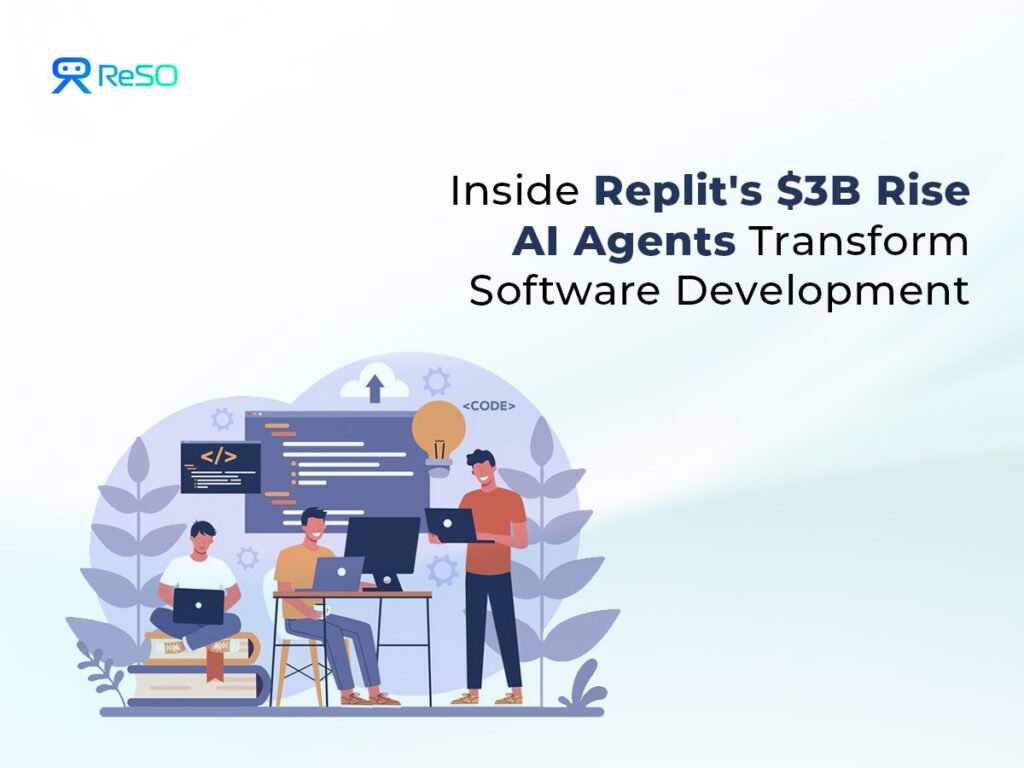What do Jensen Huang, Elon Musk, and Leila Hormozi have in common? Beyond leading wildly different companies, they’ve each turned themselves into powerful marketing engines. And their companies? They’re not just businesses; they’ve become extensions of their leaders’ philosophies.
We are living in the era of the CEO brand, and it’s rewriting the rules of trust, talent, and traction in business.
So why does CEO branding matter: not just for big names, but for every leader thinking about how to build influence, attract the right people, and fuel growth.
Key Takeaways
1. CEO branding is rewriting how businesses build trust, talent, and growth. Customers buy the leader, not just the product.
2. Visible, authentic CEO presence drives investor confidence, employee alignment, customer loyalty, and media attention.
3. It’s not about daily posting or chasing virality, but intentional, consistent leadership messaging that aligns with company values.
4. Start small, share one authentic CEO story or lesson that humanizes leadership and deepens audience connection.
5. Strong CEO branding is essential for startups; it signals credibility, attracts talent, and gives investors confidence in uncertain times.
People Don’t Just Buy What You Sell. They Buy Who’s Leading It
When customers, partners, or investors evaluate a company, it’s rarely just about the products or services. It’s about the person or people at the helm.
According to a FTI Consulting survey, 92% of people said they trust a company more when its executive is active on social media. That number has only grown with time. It’s no longer just about logos and taglines; it’s about authenticity, clarity, and visibility of leadership.
Why does this matter so much? Because leadership defines culture, values, and vision. And these are what people connect to on a human level.
Ask yourself:
- Who is the face of your company?
- What story are they telling?
- How visible and authentic are they?
The more visible and intentional your CEO is, the stronger the gravitational pull for investors, talent, customers, and media.
The Moment of the CEO Brand
CEO branding doesn’t mean being loud or posting every single day chasing viral moments. It’s not about noise. It’s about intention.
It’s about alignment.
- What does your CEO stand for?
- Does that align with your company’s mission?
- Are they showing up consistently and meaningfully?
Jensen Huang didn’t just launch Nvidia chips; he launched a movement around artificial intelligence and graphics that captured the world’s imagination.
Elon Musk? He is the billboard for Tesla. The company’s identity is deeply intertwined with his public presence and vision.
Imagine the leverage created when CEOs embody the values that their customers and employees care about.
Why CEO Branding Drives Business Outcomes
CEO branding is more than just a marketing asset. It translates into tangible results:
- Investor confidence grows stronger when the CEO’s vision is clear and communicated passionately.
- Team alignment improves because employees know what the company stands for and who it’s following.
- Customer loyalty deepens when buyers connect to values personified by their leaders.
- Media interest spikes when the CEO has a compelling, authentic story to tell.
This is not accidental. It requires deliberate strategy.
What the Stats Say About Leadership Visibility in B2B
Here’s where we bring in the numbers to back up the hype:
85% of business leaders say their stakeholder relationships are improved by actively engaging on social media.
Social platforms like LinkedIn offer CEOs a direct microphone to their audience, a chance to shape narratives, share lessons, and build communities.
What CEO Branding Really Looks Like
It’s not about posting every hour or chasing numbers. The foundation is clear:
- Clarity: The CEO’s message needs to be crystal clear. What does the company stand for? Why does it exist? What is the vision?
- Authenticity: The CEO’s voice should be genuine. People can spot inauthenticity from miles away.
- Consistency: Showing up regularly, not perfectly, matters more than viral hits.
- Vulnerability: Sharing lessons from failures, tough decisions, or behind-the-scenes moments humanizes leadership.
Start small. One post can make a difference. It could be about:
- A tough decision your CEO made, and why
- A lesson learned from a failed bet
- A behind-the-scenes peek at building something new
These posts aren’t just content. They’re strategic tools that deepen connections.
Why Startups Need CEO Branding More Than Ever
In startups, founder energy is credibility currency.
When raising money or hiring, investors and candidates look beyond pitch decks. They look at the passion, vision, and conviction of the person steering the ship.
A strong CEO brand signals stability amid uncertainty. It provides a compass for the entire team.
The Risks of Ignoring CEO Branding
Ignoring CEO branding leaves growth and trust on the table.
- Your company risks becoming a faceless entity disconnected from the people it serves.
- Competitors with visible leaders will dominate mindshare.
- Talent searches will suffer. Top candidates want to work for leaders they respect and believe in.
- Investors will gravitate toward companies with a clear human face and authentic leadership voice.
How to Build a CEO Brand That Drives Growth
Here’s the playbook for CEOs who want to lead with authenticity and power:
- Define your core values and mission. Reflect deeply on what you stand for and what story you want to tell.
- Choose your platforms wisely. LinkedIn is essential for B2B, but also consider blogs, podcasts, or video channels where you can share your voice.
- Create a content rhythm you can sustain. You don’t have to post daily, but consistency is key.
- Share your journey authentically. Don’t just show wins. Show struggles, learnings, and real moments.
- Engage actively with your audience. Reply to comments, participate in conversations, and nurture your community.
- Align your CEO’s brand with your company’s brand. Make sure messaging resonates and feels unified.
- Leverage storytelling. Humans connect to stories more than to facts alone.
- Measure impact. Track how CEO-led content influences leads, hires, investments, and media coverage.
| Step | Action | Quick Tip |
| 1. Know your values | Define what you stand for. | Your story starts with your purpose. |
| 2. Pick your platforms | Focus where your audience is. | LinkedIn, blogs, or podcasts — go where your voice fits. |
| 3. Stay consistent | Commit to a sustainable rhythm. | Quality beats daily posting. |
| 4. Be real | Share wins and struggles alike. | Authenticity builds trust. |
| 5. Engage often | Talk, reply, connect. | Community is built in the comments. |
| 6. Align with your brand | Sync CEO voice with company message. | Unified messaging magnifies trust. |
| 7. Tell stories | Lead with emotion, not just data. | Stories make insights memorable. |
| 8. Track results | Measure real-world impact. | Leads, hires, and visibility show progress. |
Leadership Is the New Marketing
Leadership isn’t just about internal decision-making or company strategy anymore.
Leadership is a marketing channel. A relationship builder. A trust engine.
The companies with the loudest, most authentic CEO voices will win mindshare, build loyalty, and accelerate growth.
So, what’s the first step? Start with one genuine post from your CEO. Not to go viral, but to be intentional, clear, and authentic.Leadership is marketing. It’s time to own it. And if it’s something you need help with, book a call with us.








